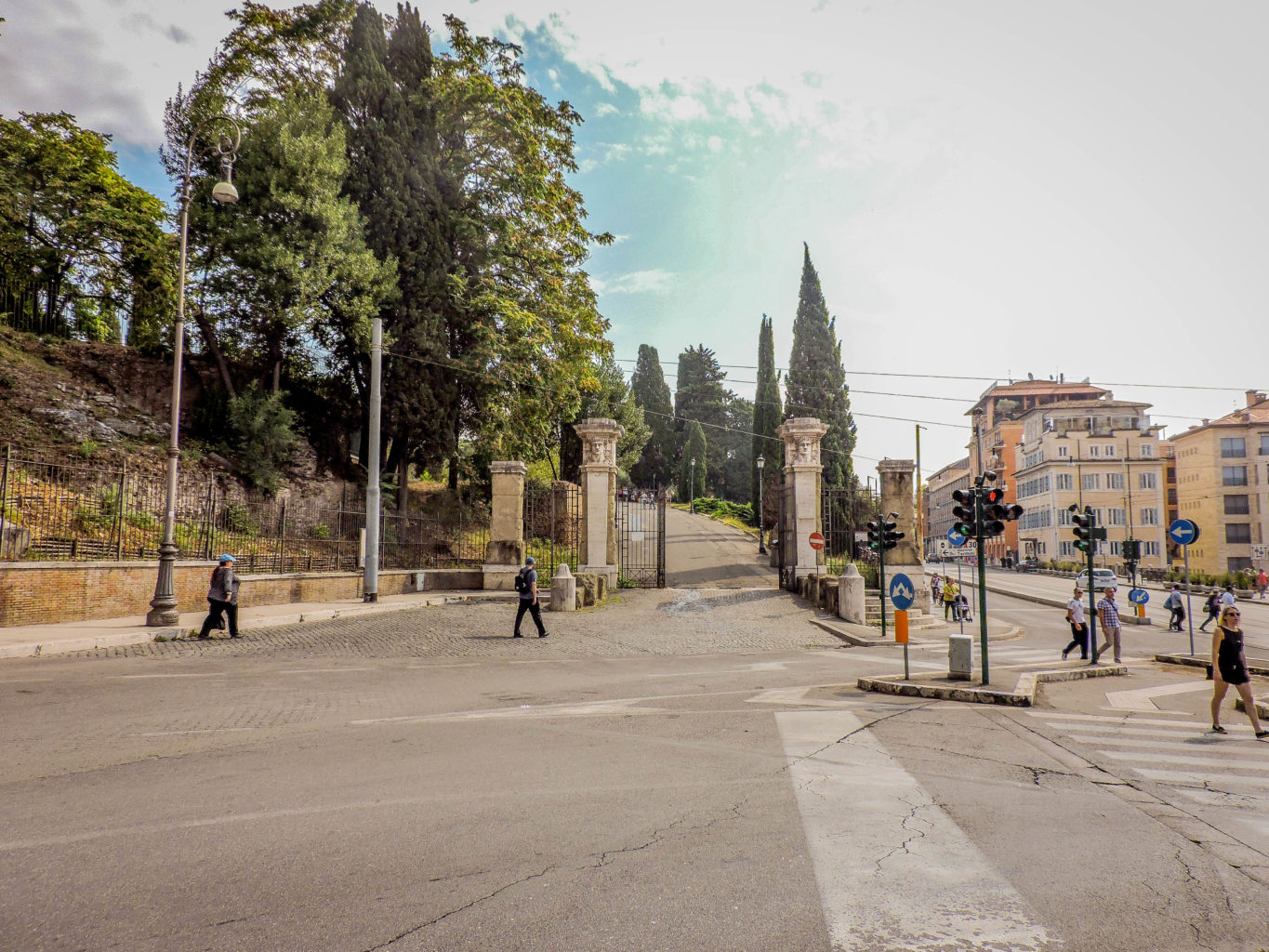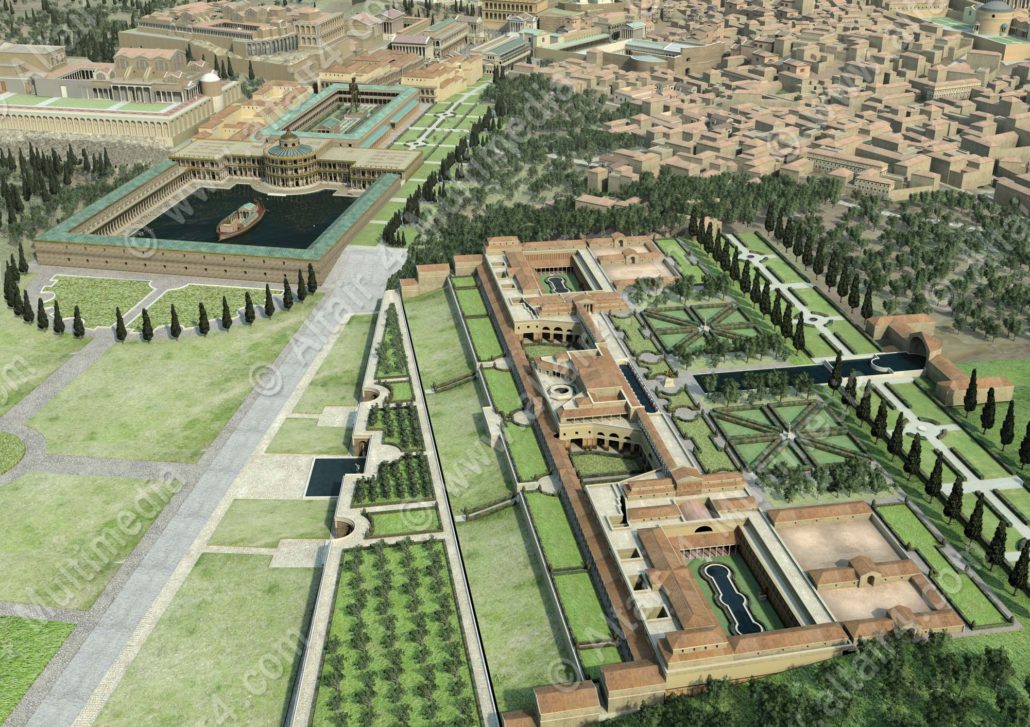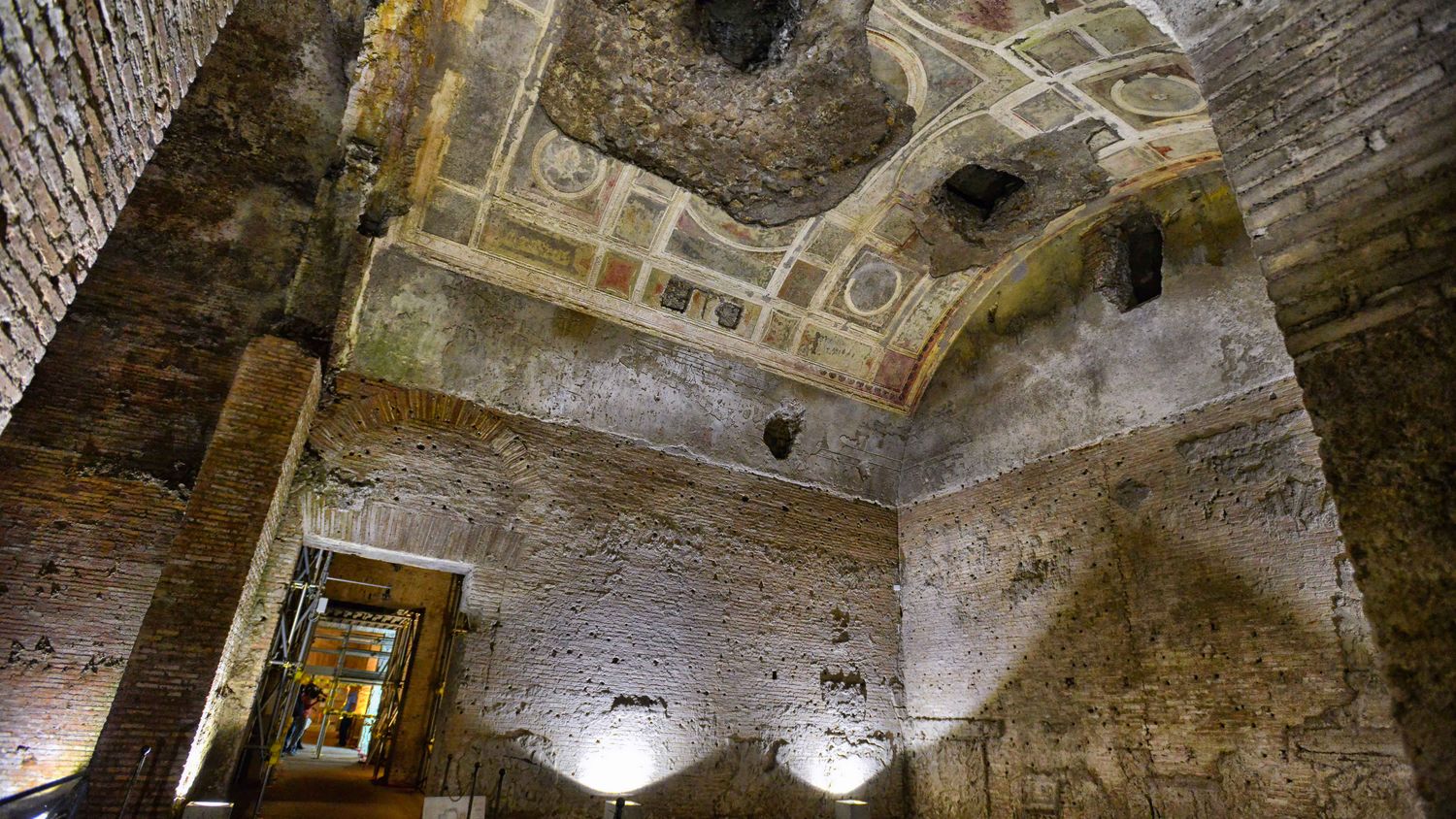

The fire would spread over the coming days to engulf much of the city of Rome.
_1.jpg)
In the year 64, on the night of July 19, a fire began beneath the stands of Rome’s great stadium, the Circus Maximus. My audiobook recommendation today is The Great Fire of Rome: The Fall of the Emperor Nero and His City by Stephen Dando-Collins. Learn more about the Domus Aurea, or Nero’s Golden House, on this episode of Everything Everywhere Daily. In no small part, this is due to how he reacted after the greatest fire ever to engulf Rome and what he built in its aftermath. In fact, on most lists of Roman Emperors, he would rank somewhere near the bottom. Nero Claudius Caesar Augustus Germanicus, known to history as just Nero, was not the best of Roman Emperors. Sea water, or sulphur water, was always on tap in the baths.Apple | Google | Spotify | Amazon | Player.FM | TuneInĬastbox | Stitcher | Podcast Republic | RSS | Patreon | Podvine | Goodpods The main dining room was circular, and its roof revolved slowly, day and night, in time with the sky. All the dining rooms had ceilings of fretted ivory, the panels of which could slide back and let a rain of flowers, or of perfume from hidden sprinklers, shower upon his guests. Parts of the house were overlaid with gold and studded with precious stones and nacre. An enormous pool, more like a sea than a pool, was surrounded by buildings made to resemble cities, and by a landscape garden consisting of plowed fields, vineyards, pastures, and woodlands - where every variety of domestic and wild animal roamed about. “A huge statue of himself, 120 feet high, stood in the entrance hall and the pillared arcade ran for a whole mile. The luxury of the 80ha/198-acre palace, of which 150 rooms have been made accessible to date, was recorded by the emperor’s biographer Suetonius (c. A small rectangular adjacent room is decorated with stucco and paintings. The rectangular openings between the supports serve as alcoves and entrances and terminate in horizontal lintels to provide additional support for the semi-dome, which has an oculus at the highest point to admit sunlight.Īrchaeologists are still debating whether this is a central living and dining area or a room for contemplating works of art. Instead of round arches, simple pillars at the corners of the octagon are sufficient to support the hemispherical vault, which is 14m/46ft in diameter and made of cast mortar. This hall represents a revolution in building technology. During the Renaissance, parts of the substructure and ground floor rooms of Nero’s palace were exposed, revealing many ancient works of art, including the Laocoön group in 1506.Ī statue relief of emperor Nero’s head on the gateway entrance to the park that contains the ruins of his golden palace at domus aurea in Rome. ) built his Temple of Venus and Roma on the site of the atrium, and moved the statue. ) destroyed the houses on the Oppian to build his baths and Hadrian (117-78 A.D. Vespasian obliterated the lake to build the Colosseum Domitian (81-96 A.D.) buried the constructions on the Palatine to make room for the Flavian palaces. This grandiose edifice did not long survive the tyrants death in 68 A.D., as succeeding emperors demolished or covered up his buildings. (surpassing the famous Colossus of Rhodes, and the largest statue ever made in antiquity) The head of his colossal statue, too, was surrounded by a corona.

The astronomic orientation of the building confirms the theory that Nero saw himself as the sun god and therefore frequently used symbolism of the stars and sun. Rome’s first truly monumental bath complex, its plan was copied by all that followed. Most of the Domus itself was swallowed up by Trajan’s Baths (A.D.104-9).

68, and subsequent emperors demolished large portions of the palace in favour of projects such as the Colosseum. People exploring antique roman ruins being restored – Work stopped when Nero died in A.D.


 0 kommentar(er)
0 kommentar(er)
